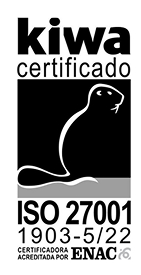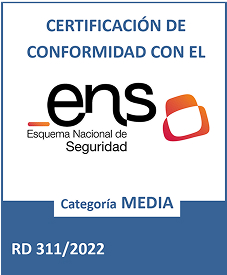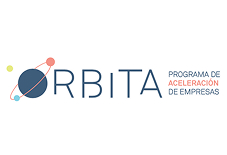Many websites are not designed with screen readers in mind, an essential tool for blind or low-vision people to navigate the internet.
If you own a business, are part of the marketing or CSR team, or are leading the digital transformation at your organization, this article is for you. Here, we explain how screen readers work and what you should keep in mind to make your website truly accessible. And yes: this also impacts your reputation, your customers… and your bottom line.
What is a screen reader?
A screen reader is software that allows blind or low-vision people to use computers, mobile phones, and tablets. It does this by converting everything that appears on the screen—text, menus, buttons, forms, etc.—into speech or digital braille.
This allows people with visual impairments to:
- Navigate menus and links
- Read texts and headlines
- Fill out forms
- Buy online or do paperwork
The most popular screen readers are JAWS (Windows), NVDA (free, also for Windows), and VoiceOver (iOS and macOS). They all follow common guidelines that allow you to navigate the web using the keyboard or touch gestures.
So… how do they “read” your website?
A screen reader doesn’t see like we do. It doesn’t interpret colors, sizes, or visual designs. It reads the code and structure of the page. Therefore, if your website isn’t well programmed or doesn’t follow accessibility criteria, the experience for a person with visual impairment can be frustrating or downright impossible.
Screen readers detect:
- Alt tags on images: If you upload an image without describing it properly, the reader will say “image” and nothing else. Can you imagine reading an article with blank spaces?
- Hierarchical headings (H1, H2, H3, etc.): Readers can skip from one heading to another, but only if they’re well-defined. If you’ve used an H3 just for the font size, you’re breaking the navigation logic.
- Button and link descriptions: A button that simply says “click here” is meaningless out of context. On the other hand, a link that says “download annual report in PDF” is clear and useful.
- Labeled forms: If your form fields are not properly labeled, it will be impossible to know what to enter in each one.
Let’s get down to business, why is it important to keep this in mind?
Beyond inclusion (which is reason enough), there are compelling reasons to care about digital accessibility:
✅ Legal: There are national and European laws that require public administrations and private companies to guarantee digital accessibility.
✅ Reputational: Accessibility reflects your brand’s values. An accessible website projects commitment, innovation, and social responsibility.
✅ Economic: According to the World Health Organization, more than 2.2 billion people have some form of visual impairment. Are you going to give up on those potential customers?
How to make your website work well with screen readers?
- Design with accessibility from the start. It’s not an add-on, it’s part of the process.
- Conduct accessibility audits (like the ones we do at Accesit Inclusivo).
- Check manually. You can use automated tools as a starting point, but automated tests don’t detect everything. Don’t forget to have a human review it.
- Think about the content: Texts should also be clear, direct, and structured to make them easy for anyone to understand.
- Validate with real users if possible. They’re the best people to tell you whether something works or not. In fact, our Accuta tool is reviewed by people with disabilities, who have given us feedback to improve it.
Okay, but I already have a website created, what do I do?
Good news, it’s not too late. At Accesit Inclusivo, thanks to our Acctua tool, we adapt your website to make it accessible without having to redesign it from scratch. We support companies like yours in the evaluation, improvement, and regulatory compliance process, with a technical… and also a human perspective.
Is your website ready for screen readers?
Find out with our free audit.
👉 Request your accessibility demo
Sources:
- World Health Organization (WHO), World Report on Vision, 2019
- ONCE Foundation, “Web Accessibility and Inclusive Technologies”
- Real Decreto 1112/2018 and EN 301549








